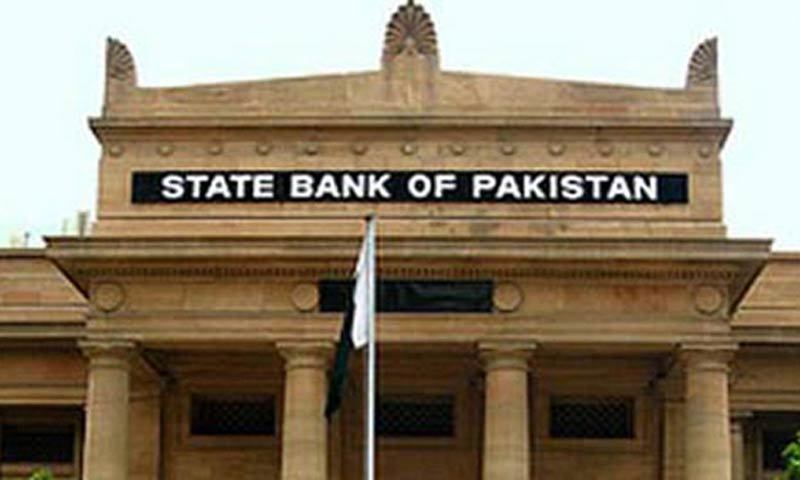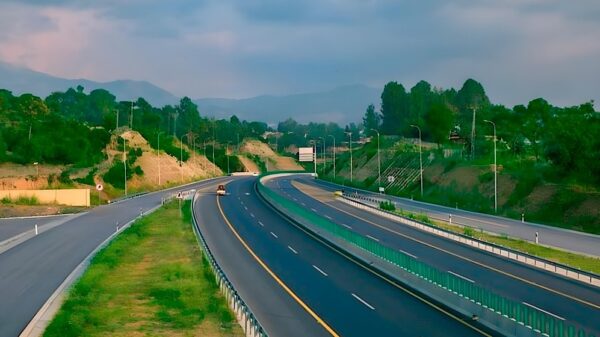The government of Pakistan Tehreek-e-Insaf (PTI) has completed first three years of its five-year term in August 2021 amid hope and despair. The party came to power in August 2018 with a simple majority in the parliament.
From the day one, the performance of PTI has been a deeply divisive issue in the country. PTI supporters are still optimistic of improvement in the governance and economy of Pakistan while the opponents are terming party’s rule as a total disappointment.
Early days
In fact, when the PTI came to power, the government was facing challenge of averting a default like situation as foreign exchange reserves of the country were barely equal to six weeks’ imports while the current account and fiscal deficits were at alarming stage. Meanwhile, the PML(N) government left the energy sector debt at 1.1 trillion rupees creating a vicious cycle for the new government.
In this situation, on the one hand the Pakistan Stock Exchange tumbled to below 40,000 points from about 48,000 to 50,000 points while on the other the value of dollar continued to surge amid uncertain economic situation at that time. The PTI government inherited dollar-rupee value around 118 rupees, but within few months the dollar-rupee exchange rate crossed 170 rupees mark.
To overcome challenges on the economic front, the PTI government formed an 18-member Economic Advisory Council in 2018, which gave a go-ahead to the government to obtain a bailout package from the International Monetary Fund.
Although the Prime Minister Imran Khan had publicly vowed to ‘die instead of begging’ for loans from IMF and the World Bank when the party was in opposition, the PTI government followed the easy and a traditional path and signed up for USD 6 billion loan from the IMF.
The IMF deal contained economic erosion in the country for the time being, but paved the way for a consistent price hike in Pakistan in the shape of devaluation, frequent increase in prices of electricity, gas, petroleum products, and elimination of subsidies, etc.
Notably, the dollar-rupee exchange hit the record high mark of 170 rupees ahead of Pakistan’s decision to obtain loan from the IMF and analysts believe that devaluation was one of the preconditions of the IMF, which is why the government remained silent as dollar soared to record high exchange values against the rupee.
When the PTI came to power, the foremost challenge before it was the accountability of corrupt politicians, businessmen, and bureaucrats because the party had drummed well corruption issue for years with assertions that every year 1200 billion rupees are falling in the hands of corrupt leaders and others in the country.
Consequently, the government launched a crackdown against politicians and others, involved in mega corruption cases, put many leaders behind the bars, but the outcome was not as good as was promised by the PTI chairman Imran Khan, when he was in the opposition. Thus, on this front the government has been facing criticism for not making any headway.
Governance was another issue where the PTI government did not fulfil the expectations of the masses. As the party got a simple majority in 2018 elections, the party had to accommodate traditional turncoats to form government, which was also a compromise on the PTI’s agenda pertaining to forma- tion of cabinet with neat and lean ministers and advisors.
On this front, the PTI has lost its credibility while the masses have suffered a lot in the shape of sugar, flour, petrol crisis and an unending price hike, which doubled prices of flour, sugar, eggs, rice and many other essential consumer items during the first three years of the PTI government.
Devaluation added fuel to the fire as all the imported consumer items became very expensive, especially petroleum products, LPG, tea, edible oil, and electricity generated through oil and RLNG.
Providing 10 million jobs too proved a herculean task for the government as Covid-19 gripped the country like others in the world in early months of 2020, which badly undermined the business activities and made millions of people jobless because of downsizing and closure of businesses throughout the country.
To silence the critics, the government launched different initiatives, including construction of one million houses through subsidized bank loans. At one time, the Information Minister Fawad Chaudhary honestly told the media that it was not the responsibility of the government to provide jobs to unemployed people and private sector should create jobs.
This bitter truth of outspoken minister raised an uproar in the country and disappointed those who were expecting jobs from the government.
However, Prime Minister Imran Khan’s national housing programme gave some support to the government as thousands of people have borrowed money from banks at 6 percent markup to buy/build homes. Until June 2021, thousands of people have obtained home loans at the lowest mark-up while more are getting such loans this year as the government has extended this scheme until Dec 2021.
Additionally, the government launched the Ehsas Programme and offered cash assistance and free meals to thousands of needy people during the Covid pandemic.
Achievements of PTI government
To its credit, the government has succeeded in reigning in the current account deficit, which was at USD 15 billion in 2018-19, when PTI came to power and in 2020-21, the CAD has dropped to USD 1.5 billion.
Similarly, the government has enhanced exports to record high, at USD 25.3 billion in 2020-21 and set the target of USD 29 billion for the ongoing fiscal year (2021-22).
Likewise, the remittances have also increased to USD 29.4 billion in FY2020-21, setting a new record in the history of the country. In comparison with USD 23.3 billion remittances in 2019-20, the inflows of expatriates’ money increased almost by six billion dollars in 2020-21.
To promote remittances, the government also launched the Roshan Digital Account (RDA), which has so far attracted USD 2 billion in deposits and played a vital role in enhancing remittances and boosting the national reserves of Pakistan.
Another front where the government has made a visible improvement is the foreign exchange reserves held by the State Bank of Pakistan. Now hovering around USD 18 billion, the SBP’s forex stash is set to cross USD 20 billion for the first time on 23 August 2021 when the IMF hands over USD 2.8 billion unconditional loan to Pakistan under its USD 650 billion global package to provide liquidity support to different countries to off-set impact of the ongoing pandemic.
At present, the reserves with the domestic banks are around USD 7 billion and by Aug 24, national reserves would cross USD 27 billion for the first time.
The way forward
Some key economic indicators have shown improvement in 2021. The PTI government, therefore, must concentrate on consolidation of economic expansion in its remaining two years. From July 2021, the first month of the fiscal year 2021-22, the current account deficit has opened with more or less USD 800 million mainly because of rapid growth in imports, which widened the trade deficit beyond USD 3 billion.
In July this year, the national exports have mounted to USD 2.3 billion while the trade deficit enlarged to USD 3.05 billion in comparison with USD 1.7 billion deficit in the corresponding month in 2020. Imports in July this year expanded to above USD 5 billion with 46 percent growth over the same month last year which boosted the trade imbalance.
If this trend continued in FY22, the country will, indeed, suffer a lot in the shape of extra expenditures of billions of dollars and further spike in the dollar-rupee exchange rate that already had expanded to 166 rupees as of 27 August 2021, as against 152 rupees a month ago.
Additionally, the government should also curb the fast-expanding circular debt, which hit 2.28 trillion rupees in June 2021, from 1.1 trillion rupees in 2018-19. Thus, in its first year, the PTI added PKR 464 billion to the energy sector debt, PKR 538 billion were added in the second year and now after adjusting subsidies and increase in tariffs, the net increase in circular debt was PKR 130 billion in the third year.
Hence, the circular debt continues to pose a threat to the economic recovery and if the government neglects it further, it may prove more disastrous than the Covid19 pandemic.
In addition, the government should accelerate construction and manufacturing sectors, encourage private sector investment to create jobs to offset the Covid impact and absorb millions of people who have lost their jobs because of the pandemic-driven economic slowdown in the country.
The government should also pay attention to boosting economic activity by incentivising starting/expanding businesses, increase/utilization of funds for maximum development projects, and promote tourism as much as possible.
Lastly, giving relief to people from price-hike is essential and the government must reign in the unabated trend of frequent hike in prices of essential consumer items.










